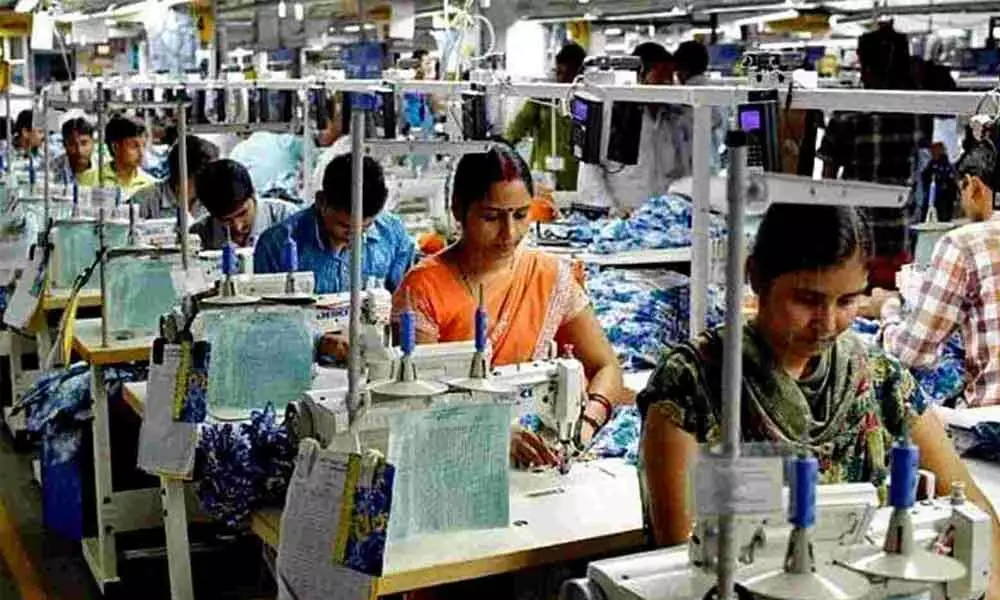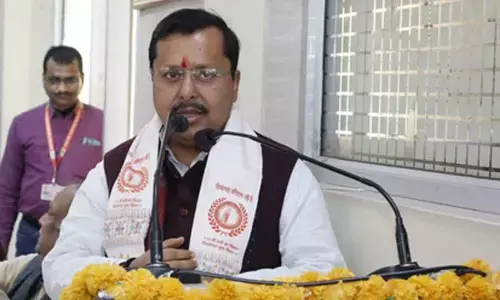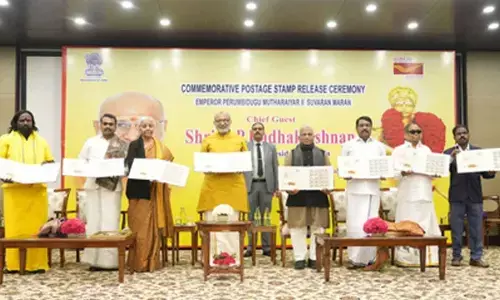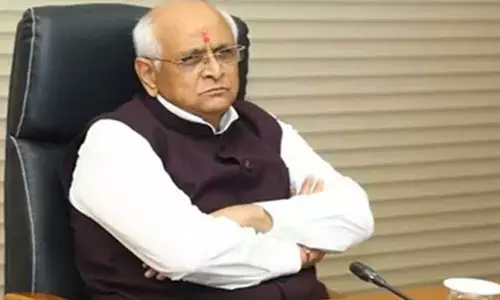MSMEs need more policy support to tide over pandemic shock

The industry needs some concessions to overcome the burden of losses over the past two years. Ensuring revival of MSMEs will increase jobs availability to a large extent throughout the country
Small and tiny enterprises suffered the most during the pandemic as they lacked the financial and infrastructural muscle to withstand the impact of repeated closures since March 2020. The problems of this large segment of the economy have also led to enormous job losses as most are labour intensive units and in the informal sector. These are businesses which had to repeatedly down shutters during the successive Covid waves. Though they cover a wide range of enterprises from industrial units to grocery stores to hotels and restaurants, they are described by the umbrella acronym of MSMEs – micro, small and medium enterprises.
They may not figure significantly in the media, but comprise one of the biggest segments of the economy. According to government data, there are over 63 million MSMEs all over the country. Their role in economic growth cannot be underestimated as they contribute as much as 40 per cent to the country's overall exports. They also comprise 6.11 per cent of the manufacturing GDP and 24.63 per cent of the services GDP. Even more important, they employ 106 million people, coming second only to the agricultural sector
Given their huge importance, it was somewhat disappointing that the relief packages announced for industry over the past two years, did not provide as much support as was expected for them. The main component of assistance for MSMEs was the Emergency Credit Line Guarantee Scheme (ECLGS). It provided 100 per cent guarantee to banks and financial institutions against any losses suffered by them due to non-repayment of ECLGS by borrowers. It was possible, however, for the emergency credit scheme to provide succor to a large chunk of the small and medium enterprises that were facing distress, judging by several surveys carried out recently.
One carried out by the Small Industries Development Bank of India (SIDBI) found that 67 per cent of MSMEs were temporarily shut for three months or more in 2020-21. In addition, over half of them saw a decline of 25 per cent in revenues. The survey which covered 1029 companies was commissioned by the MSME Ministry to assess the economic impact of the pandemic as well as the change in classifications. The latter had been revised upwards in July 2020.
The survey also discovered that 65 per cent of those surveyed had availed of credit under ECLGS. Official data shows that government had issued guarantees on loans worth Rs. 2.88 lakh crore during FY21.
Yet another survey carried out by credit rating agency Transunion Cibil in December last year found that 65 per cent of respondents felt the ECLGS scheme helped their business tide through financial troubles. Another 68 per cent were confident of a future positive outlook. At the same time, the survey which covered 756 MSMEs, revealed that 57 per cent felt it was not very easy for them to access the scheme.
The surveys thus indicate that about two thirds of MSMEs were not only able to access the scheme but were able to benefit from its provisions. On the other hand, there remains the balance one-third of the MSME sector which was either not able to access the scheme or needed some other form of assistance to get back to normal profitable operations. Another segment within MSMEs is the hospitality industry which has been one of the hardest hit segments during the pandemic. In the latest budget proposals, Finance Minister Nirmala Sitharaman has tried to provide some support by extending the scope of the emergency credit scheme to this sector. An additional Rs. 50000 crore has been added to the value of ECLGS and this is meant entirely for the hospitality industry. While this is a positive step, more should have been done for this contact-intensive sector.
One of the key demands of the hospitality industry has been to give it the status of an infrastructure sector. This, it is argued, will enable it to access long term funding to enhance developmental projects. It will also help them to come within the ambit of projects being identified for the National Infrastructure Pipeline. Other concessions being sought are in terms of tax relief as well as granting export status to the industry. In this context, it must be recognized that the plight of contact-intensive industries is the same all over the world as these have been impacted by movement curbs. Some countries have taken innovative approaches like distributing hotel and restaurant vouchers to the general public in a bid to give a demand boost to the industry.
While responding to pleas for greater support to this sector, Finance Minister Nirmala Sitharaman has pointed out in some post-budget interactions that the real revival of the hospitality industry will come only when the pandemic recedes and curbs are lifted. Ultimately this is bound to be the long term path for recovery but the industry also needs some concessions to overcome the burden of losses over the past two years.
One of the reasons that MSMEs in general and the contact-intensive segments in particular need to be given greater focus is the fact that employment potential in these units is extremely high. Ensuring revival of MSMEs will increase jobs availability to a large extent throughout the country. Currently, the unemployment rate is estimated at 6.57 per cent in January this year, according to the Centre for Monitoring Indian Economy (CMIE). This is lower than the peak of 7.9 per cent in December 2021 but is still at a high of 8.6 per cent in urban areas.
In this backdrop, the government needs to have a relook at the policy towards MSMEs. The surveys show that one – third of small enterprises have not been able to avail of credit support and are still likely to be in distress. Thus more aid needs to be rolled out so that this segment can also take part in the overall economic recovery expected to take place in the next fiscal- 2022-23.



















